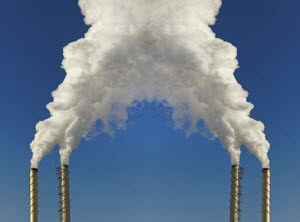Fugitive Emissions Packing Standards: Understanding API 622
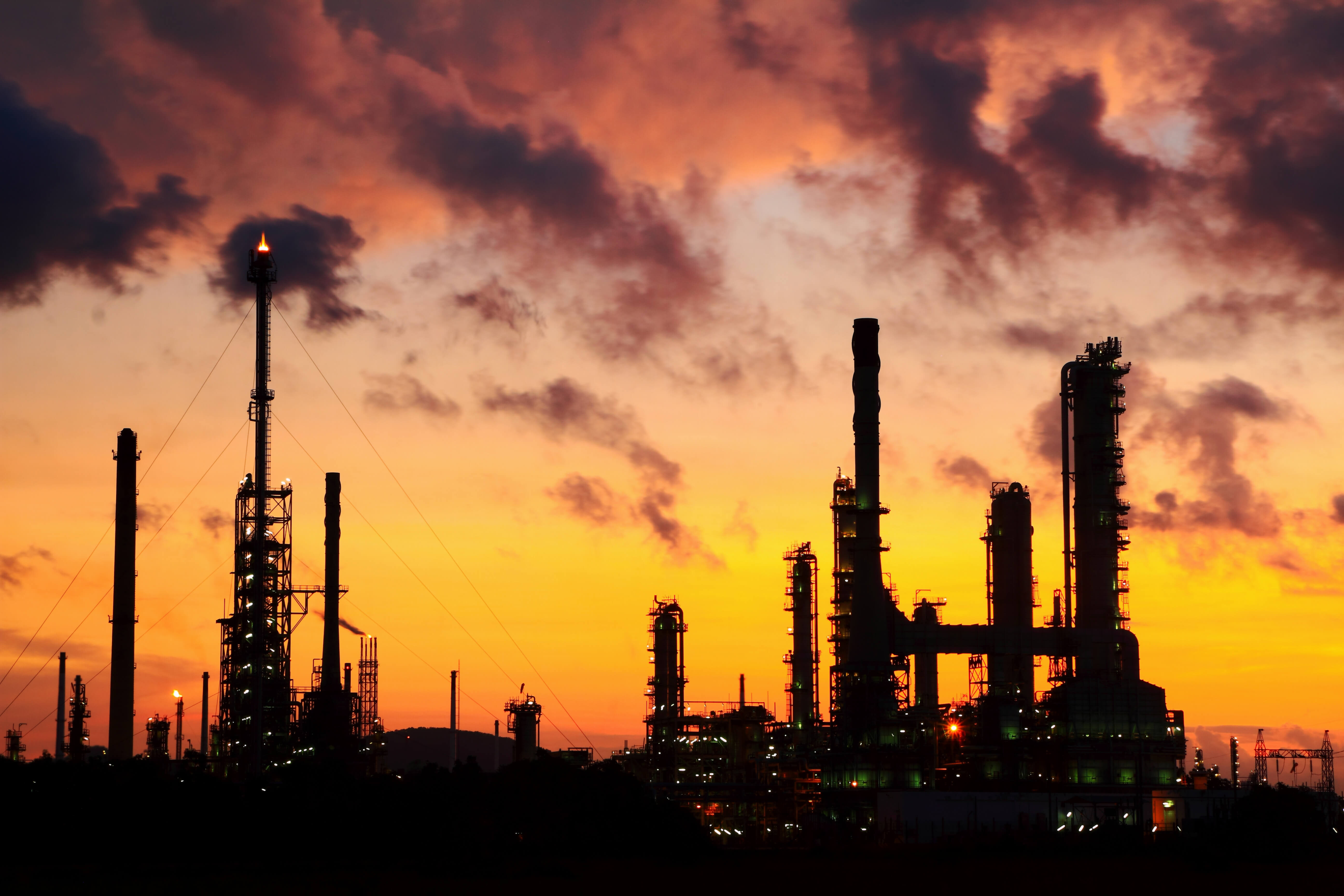 Increasing pressure from the public and lawmakers about global warming and other environmental hazards has resulted in stricter standards for fugitive emissions. Fugitive emissions are gases or vapors, such as volatile organic compounds (VOCs) and greenhouse gases, that leak from pressurized equipment into the atmosphere. Fugitive emissions are costly not only in terms of human and environmental health, but they also pose a threat to profits in many industries.
Increasing pressure from the public and lawmakers about global warming and other environmental hazards has resulted in stricter standards for fugitive emissions. Fugitive emissions are gases or vapors, such as volatile organic compounds (VOCs) and greenhouse gases, that leak from pressurized equipment into the atmosphere. Fugitive emissions are costly not only in terms of human and environmental health, but they also pose a threat to profits in many industries.
Fugitive emissions can emanate from a number of sources in machinery, including valves, flanges, seals, sample connections, open-ended lines, pressure relief devices and screwed fittings. However, valves account for the greatest amount of fugitive emissions released from industrial processes, so selecting the right valve is key to ensuring an effective emissions control strategy.
The Evolution of Emissions Testing
The problem of air pollution was first brought to light in 1955 with the passing of the Air Pollution Control Act, which provided funds for government research into air pollution. This was followed by the Clean Air Act of 1963, which was aimed at improving and accelerating programs to prevent and decrease pollution. Amendments to the Clean Air Act in the 1970s meant new approaches to regulation, including national air quality standards as well as measurement and tracking of fugitive emissions.
In the 1980s and 1990s, the Environmental Protection Agency (EPA) began pursuing refineries, chemical plants, and other emissions-producing industries to institute leak detection and repair programs and to ensure that they were not under-reporting emissions. Companies that were found to be in violation were fined and issued consent decrees.
To ensure that they complied with regulations and help determine which valve manufacturers offered the best products to protect against leakage, end users and even some manufacturers developed their own testing methods and standards. These tests varied widely, however, rendering them unreliable.
Today, the EPA, International Organization for Standardization (ISO), and TA-Luft set the standards for emissions around the world. Here we detail API Standard 622, “Type Testing of Process Valve Packing for Fugitive Emissions.”
API Standard 622: Valve Packing
The valve packing standard API 622, which was revised most recently in 2011, is the industry standard for determining whether valve packing is sufficient to prevent or abate emissions leaks. Set by the American Petroleum Institute, the test evaluates three areas of the packing:
- Emissions, or leak rate
- Resistance to corrosion
- Materials
To ensure test uniformity, the standard dictates that every test rig mimics a 4-inch 300-pound gate valve. For accurate results, it’s important to use the most current version of the standard.
Emissions
The emissions portion of API 622 is not a pass/fail test. Rather, it measures valve performance—how many thermal cycles the valve can withstand before emissions exceed the allowable rate of 500 ppm. An emission rate below 500 ppm is considered low, although many manufacturers hold themselves to an internal standard of 100 or 200 ppm during this test.
The emissions testing takes 6 days, during which 1500 cycles are completed. The first 5 days involve thermal actuation cycles. Day 1 includes 150 cycles at ambient temperature, followed by 150 cycles at 500°F. Everything is allowed to cool overnight, and the process is then repeated once daily for 5 more days.
If the packing continues to pass through day 5—proving that it can withstand a significant amount of stress—the process is repeated on day 6. The last thermal cycle on day 6 is followed by 10 more cycles at ambient temperature.
Because methane gas is used, the test is run outdoors. The leak detection method used is EPA method 21, which is employed in a number of valve standards and ensures consistency across tests. Leakage is measured with the valve stem in a stationary position. The test allows for 1 re-torque. That is, if the valve exceeds the allowable leakage of 500 ppm (or the set internal rate), the gland bolts can be re-torqued and the gland load reapplied one time. Typically, this allows the leak rate to come down to a safe emissions level and the test can continue.
Corrosion
The corrosion portion of the test is conducted in a different test rig than the emissions portion. It is a time-based, observational test; it is not pass/fail. Its purpose is to identify how much pitting occurs in the metal (which is based on how much the packing sticks to the stem) as well as the general condition of the packing.
To conduct the test, the packing is soaked and compressed to 30,000 megapascals and left to sit wrapped around a piece of metal. Different metals can be tested to see how the packing will affect different valve stems.
Material
This portion of the standard is about getting to know the material properties of your packing. It tests the packing’s weight and density, how much lubricant it contains, the polytetrafluoroethylene content, and whether any chemicals (e.g., chlorides, fluorides) are leaching out of it.
This portion of the test does include a pass-fail component. If weight loss for graphite foil packing exceeds 15% at a temperature of 538°C, the packing is considered to have failed. For graded packing, 50% weight loss is allowed before it is rated as failing the standard.
The Future of API 622
API 622 has been in effect for 6 years. With technology continuing to improve packing, the achievable leak rate for most of the industry is already 100 ppm. It’s likely, therefore, that this will be the leak rate measured against in the next revision of the standard, with no re-torque allowed.
About CPV Manufacturing
CPV’s high-quality valves and fittings are also used in the oil and gas industry. In this industry, it’s essential that all products perform properly for efficiency and safety and to minimize risks.
CPV’s innovative designs have become fundamental in the daily functions of gas-filling stations and plants, increasing productivity as well as accuracy.
Click here to find out more about CPV’s products.

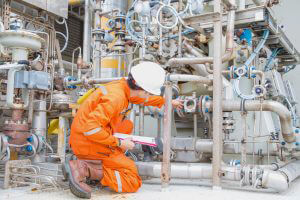
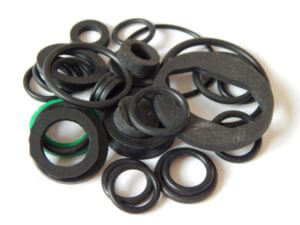 The elastomer can only be selected once the system fluid or gas is known. For example, oxidizers will degrade some materials while petroleum oils and/or fuels will damage others.
The elastomer can only be selected once the system fluid or gas is known. For example, oxidizers will degrade some materials while petroleum oils and/or fuels will damage others.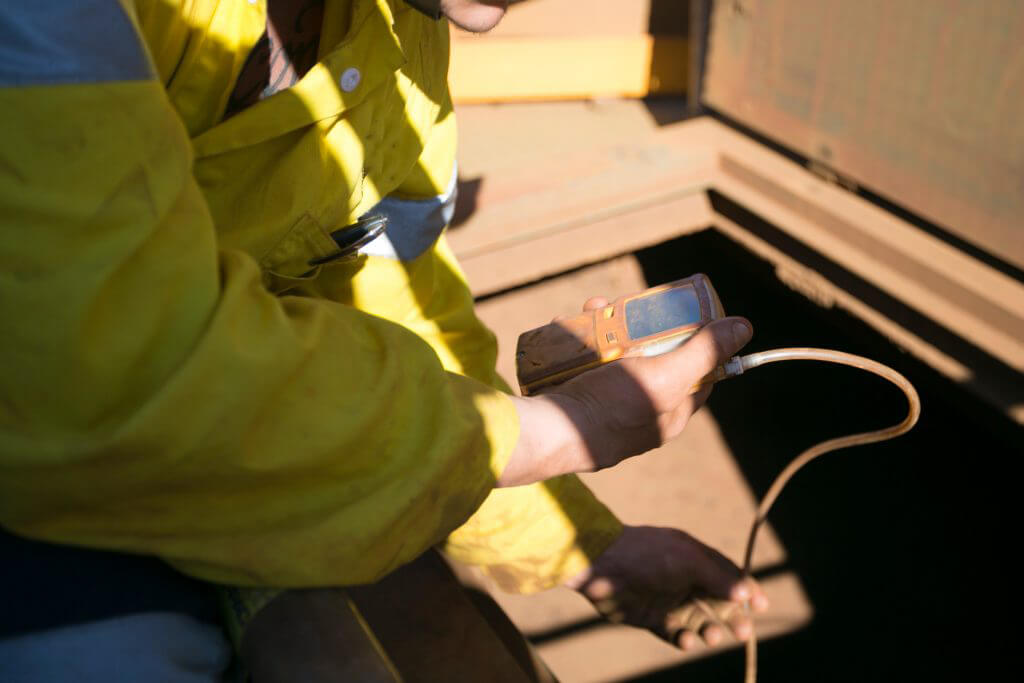
 Increasing pressure from the public and lawmakers about global warming and other environmental hazards has resulted in stricter standards for fugitive emissions. Fugitive emissions are gases or vapors, such as volatile organic compounds (VOCs) and greenhouse gases, that leak from pressurized equipment into the atmosphere. Fugitive emissions are costly not only in terms of human and environmental health, but they also pose a threat to profits in many industries.
Increasing pressure from the public and lawmakers about global warming and other environmental hazards has resulted in stricter standards for fugitive emissions. Fugitive emissions are gases or vapors, such as volatile organic compounds (VOCs) and greenhouse gases, that leak from pressurized equipment into the atmosphere. Fugitive emissions are costly not only in terms of human and environmental health, but they also pose a threat to profits in many industries. The 2016 Fugitive Emissions Summit Americas was designed to help the industry better comply with the rules and regulations set by the Environmental Protection Agency (EPA). During the expo and conference, experts from Tesoro, United Valve, and many more organizations held workshops, plenaries, and short educational lectures to help many control fugitive emissions.
The 2016 Fugitive Emissions Summit Americas was designed to help the industry better comply with the rules and regulations set by the Environmental Protection Agency (EPA). During the expo and conference, experts from Tesoro, United Valve, and many more organizations held workshops, plenaries, and short educational lectures to help many control fugitive emissions.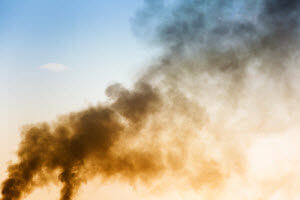 The event also focused heavily on leak detection and repair (LDAR) programs and how current regulations affect all industries and what they can do to meet these guidelines downstream or upstream.
The event also focused heavily on leak detection and repair (LDAR) programs and how current regulations affect all industries and what they can do to meet these guidelines downstream or upstream.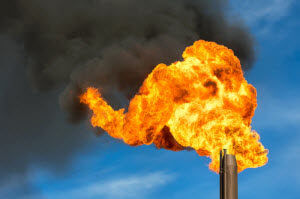 The EPA’s new rules will target both new and existing sources in the gas and oil industries. They will finalize a set of standards that will help to reduce a number of harmful pollutant emissions, especially methane, in new, modified, or reconstructed sources.
The EPA’s new rules will target both new and existing sources in the gas and oil industries. They will finalize a set of standards that will help to reduce a number of harmful pollutant emissions, especially methane, in new, modified, or reconstructed sources.